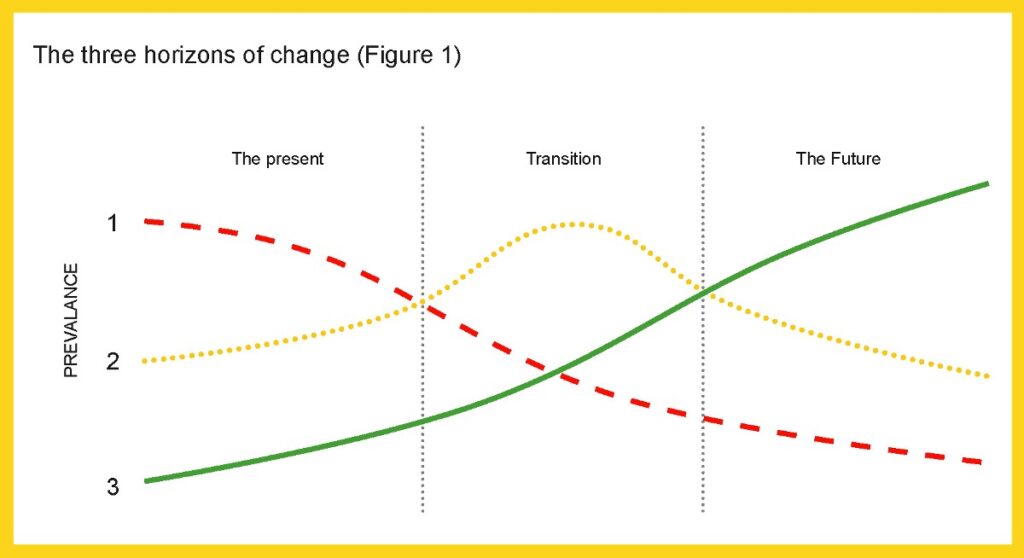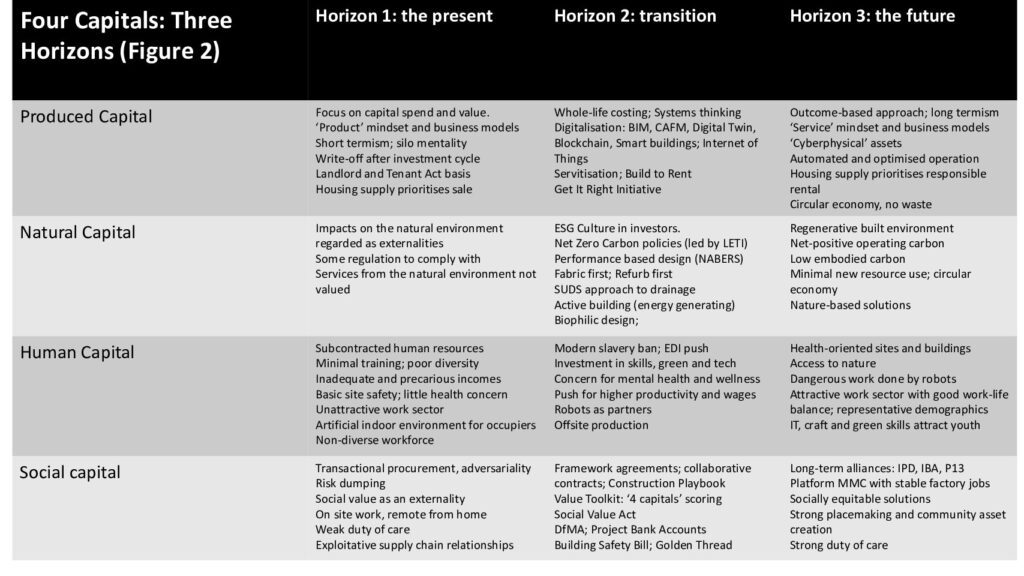
Blog Author: Richard Saxon CBE
“How very little, since things were made, has anything altered in the building trade”.
Rudyard Kipling
A generation has passed since the excitement of the 1990s as first Latham and then Egan called for radical change in the construction industry. Initiatives seemed to pour out of both government and the industry, yet here we are in 2023 with an industry which seems much the same, racked by cost pressures, defensive, risky, unsustainable and unattractive to the workforce that it needs. We seem to live in Groundhog Day, repeating the traditional process with scratch teams, collaborating weakly and producing poor results.
Yet all is not the same. There has been steady change and some real progress towards an industry that knows why it exists and delivers desired outcomes for society and its clients. Bill Gates said that we usually overestimate what can be done in five years but underestimate what can be achieved in ten years. This article takes a long view, using the International Futures Forum concept of Three Horizons.
The Three Horizons idea posits that change can be mapped in three time periods. Horizon One is the present and recent past, showing how things were or still are. Horizon Three is the desired future state. Horizon Two is the transitional period where initiatives to move from One to Three are in progress. Figure 1 (above) shows how the time periods and their contents shift, with present characteristics fading as change happens. Initiatives in Horizon Two rise up to effect change, then fall back as the Horizon Three outcomes become established. The hoped-for future gradually arrives. Not all the initiatives will succeed, and the desired future will be diverse in different sectors, but the broad shifts can reveal a new landscape.
This analytical tool can become specific to our industry by populating it with the story of our struggle to improve. A very good way to do this is to apply criteria from the Value Toolkit, one of the many initiatives that have arisen. The Toolkit emerged from the Construction Innovation Hub in 2020 and has now developed into a nascent Code of Practice, ‘BSI Flex 390: Built Environment value-based decision-making’. The Toolkit introduces four categories of value based on the idea of different forms of capital formation. Whereas traditionally we have judged project viability purely on economic criteria, with all other factors treated as externalities, the Four Capitals basis gives similar standing to Produced, Natural, Human and Social Capital. Produced Capital is the Toolkit term for economic value created. Natural Capital needs to be maintained and regenerated rather than degraded. Human and Social Capitals need to be built up to ensure that both individuals and society benefit from built environment interventions and the broad nature of the industry. Individual projects set their value criteria to suit the nature of the proposal, judging the emerging concept against all four values in a weighted way. The Treasury Green Book, the bible for public project evaluation, now aligns with the Four Capitals approach, with the word ‘economic’ now removed from the definition of Best Value.
We can produce a matrix of the three horizons and the four capitals of the Value Toolkit. Horizon One lists the critique of the present in each capital category. Horizon Two shows the initiatives in progress as we drive towards a better industry. From Net Zero carbon though the Building Safety Act to banning modern slavery and using digital and manufacturing methods, they all sit in one or another box of the matrix. Many of the initiatives reinforce each other. Some are alternatives, suited to part of the industry. Some may conflict. For example, the shortage of labour can be approached by making the work more attractive or by substituting robots for people. Both may have their place. Home ownership and build-to-rent both have their merits.
My list of desirable futures in Horizon Three may not be yours. That does not matter but it is worth discussing. Different parts of the industry may seek their own destiny. New build may prosper with ‘platform-thinking’. Or it may fade as refurbishment and circular economics avoid demolition. Paul Morrell, the first government Chief Construction Adviser, said in 2009 that the industry did not know what its purpose was, nor how it creates value. Since then, there has been much discussion on these topics and some insight has emerged as technology offers new potentials and outside factors change the rules. Our consciousness has been raised and scenario making can follow. Have a look at my version of the matrix (Figure 2 below). I’m sure you can add to it, but I hope that it enables you to judge the value of the many Horizon Two initiatives in moving us towards building a better human environment and a better way of looking after it.
Richard Saxon CBE is immediate past chair of JCT. He is Principal of Consultancy for the Built Environment, a client adviser, and a former chair of BDP. As chair of the Reading Construction Forum and its successor ‘Be: collaborating for the built environment’ he led reform efforts following the Latham and Egan Reviews and wrote their 2005 report ‘Be Valuable’. richard@saxoncbe.com
Images: Simon van Stipriaan


